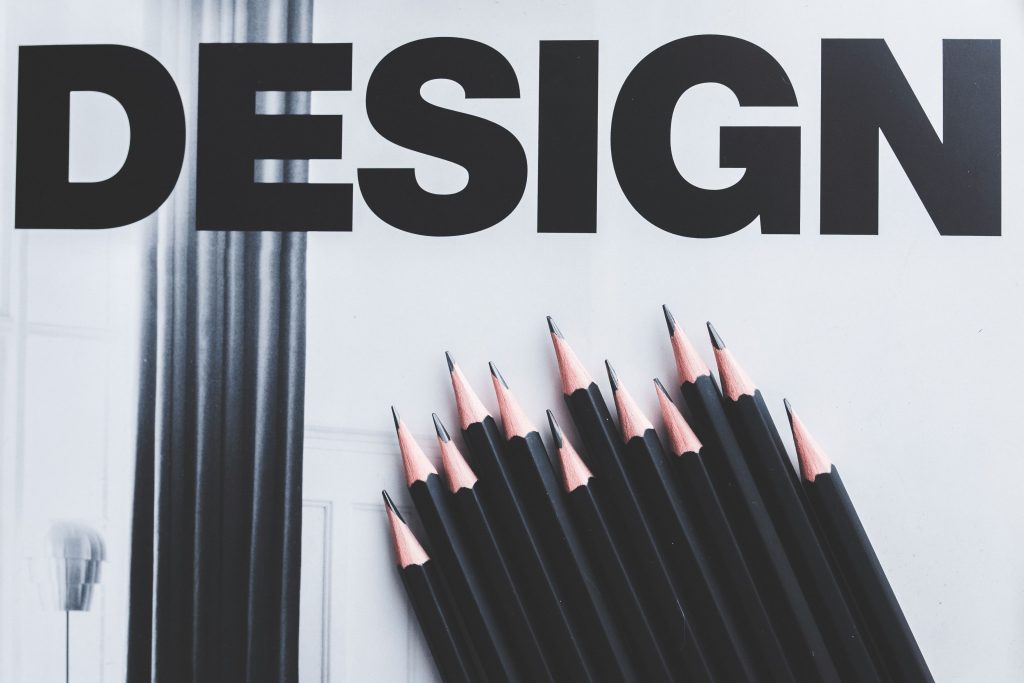Checklist of UX design rules for websites and landing pages. Part 1
Custom design has long been more than just a trendy phrase. Within the framework of high competition, excellent designers, and a variety of interfaces, it is impossible not to hear your customers and site visitors. Understanding the psychology of the people who visit your page is the basis for successful promotion and high-quality services.
We have compiled for you a checklist of rules and principles of UX design for your website or landing page. Check it out!

Simplicity of design
The basis of any website where you want to place an order is simplicity. This applies to both the text and the visual component. Do not overload the interface; create an intuitive Call-To-Action and do not force the user to go through seven registration rounds to place an order.
The principle of "easier means better" design can include the following points:
- Simple design. Do not overload!
- Clear Call-To-Action. This applies to both the call to action itself and the visual — place the shadows correctly and use clear colors.
- Minimum of pop-ups. Pop-ups are still a controversial issue. If the statistics of your site show that users do not mind using the chat or entering their number to contact the manager, use it, but do not abuse it.
- Clear navigation. Nobody enjoys spending a long time looking for the right tab. Creativity is good, but use the usual principles for arranging all sections.
- Simplify registration and ordering. If your format allows you to place an order without registration, perfect. But if it is necessary (for example, if the product is very expensive or is associated with personal data), reduce it to three steps (at maximum!).
The most precise and capacious principle of UX design relates to simplicity: "Do not force the user to think." A visitor to your site should intuitively understand how to take the next step.

Reduction
The next rule is more related to the interface and texts. Even if your format implies longreads or a large flow of information, give the user the opportunity to get acquainted with them at will. Time is the resource that any buyer puts above all others (not counting the price).
Here are things that can be successfully shortened on your site:
- Obvious pointers. Do not underestimate people: the basket icon is understandable in any language and to any user, while the inscription "basket" under the icon takes up space and overwhelms the design. Shorten it!
- We refuse to place subheadings under Call-To-Action and other important elements. Call-To-Action is an obvious and understandable signal in itself. The best solution would be to invest time and effort in its detailed study rather than inserting subheadings under each button with an explanation of where this button will lead.
- Longreads optional. Arrays of text on a page lead not only to an increase in the length of the site itself but also to the desire to close this site. A good way to shorten this format is to use the "Read more" or "Read in full" button and show the text itself in the first two paragraphs. A cool solution would be to indicate the approximate time to read the text.
- Functional blocks. We struggle with the desire to show everything at once. One functional block has four or eight elements inside. It is better to group additional information into another thematic block.
- The way to solve the problem. The golden rule of UX design is that the problem should be solved in three clicks. Do not force the user to take a survey, like, and evaluate the quality of service in order to see the terms of delivery.
It is impossible not to say that it is not necessary to understand the principle of "shorten" quite literally. Visiting the site should at least not cause discomfort. Do not overdo it with abbreviations — an empty site is incomprehensible to anyone.
Headings: Design




